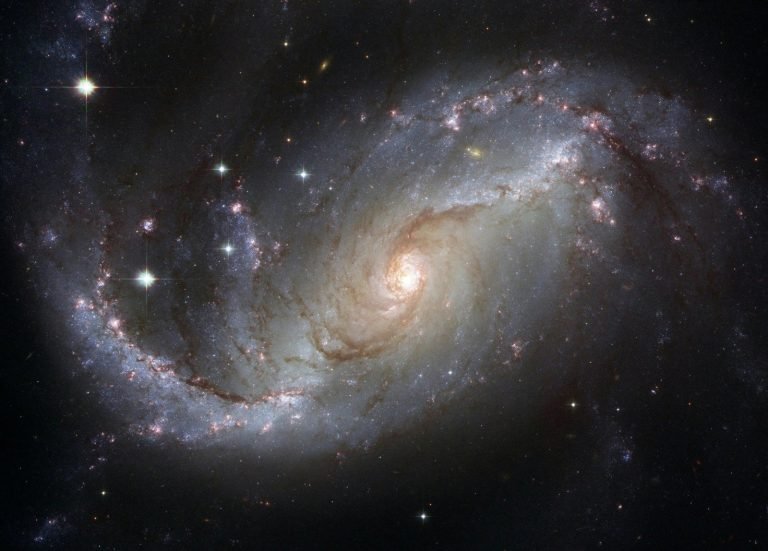The Milky Way Galaxy is a vast and fascinating place, home to our solar system and countless other stars and celestial bodies. Understanding our galaxy helps us learn more about the universe and our place in it. In this post, we will explore the key features of the Milky Way Galaxy, its structure, and interesting facts that make it so special.
What is the Milky Way Galaxy?
The Milky Way Galaxy is a spiral galaxy that contains billions of stars, including our Sun. It is part of a larger group of galaxies known as the Local Group. The galaxy gets its name from its appearance; when viewed from Earth, it looks like a milky band of light stretching across the night sky.
- Size: The Milky Way is about 100,000 light-years in diameter.
- Number of Stars: It is estimated to contain between 100 billion and 400 billion stars.
- Location: The Milky Way is located in a region of space called the Orion Arm, which is part of the larger Perseus Arm.
Structure of the Milky Way Galaxy
The Milky Way Galaxy has a complex structure that can be divided into several main components:
- Galactic Center:
- The center of the Milky Way is home to a supermassive black hole known as Sagittarius A*. This black hole has a mass of about 4 million times that of our Sun.
- Surrounding the center is a dense concentration of stars and gas.
- Galactic Disc:
- The disc is the flat, circular region of the galaxy where most of the stars, gas, and dust are found.
- It contains spiral arms that extend outward from the center. These arms are where new stars are born, making them bright and rich in young stars.
- Galactic Bulge:
- The bulge is a spherical region at the center of the galaxy that contains older stars.
- It is surrounded by the disc and is typically more densely populated with stars than the surrounding areas.
- Galactic Halo:
- The halo is a vast, spherical region that surrounds the galaxy, containing older stars and globular clusters.
- It also includes dark matter, which is invisible matter that exerts a gravitational pull on visible matter.
Read This Also: What is a Black Hole? Understanding the Mysteries of the Universe
Interesting Facts About the Milky Way Galaxy
- Age: The Milky Way is estimated to be around 13.6 billion years old, making it nearly as old as the universe itself.
- Star Formation: Stars are constantly being born in the galaxy. The areas where stars are formed are often referred to as “star nurseries.”
- Galactic Rotation: The Milky Way rotates around its center. Our solar system is located about 27,000 light-years from the galactic center and takes about 225 million years to complete one full orbit, known as a galactic year.
- Neighboring Galaxies: The Milky Way is not alone in the universe. It is part of a group of galaxies, with the Andromeda Galaxy being its closest large neighbor. The two galaxies are on a collision course and are expected to merge in about 4.5 billion years.
- Visible Stars: From Earth, we can see around 2,500 to 3,000 stars with the naked eye, but there are billions more that remain hidden from our view due to distance and light pollution.
Why is the Milky Way Important?
Understanding the Milky Way Galaxy is crucial for several reasons:
- Human Origins: Studying the galaxy helps us learn more about the formation of our solar system and the conditions that led to the emergence of life on Earth.
- Cosmic Perspective: The Milky Way provides a unique perspective on our place in the universe. It reminds us that we are part of something much larger than ourselves.
- Future Exploration: As we continue to explore our galaxy with telescopes and spacecraft, we uncover new information about the cosmos, paving the way for future discoveries.
Conclusion
The Milky Way Galaxy is an incredible and mysterious place that plays a significant role in our understanding of the universe. With its vast number of stars, diverse structures, and fascinating history, the Milky Way continues to inspire scientists and stargazers alike. As we look up at the night sky, we are reminded of our cosmic home and the wonders it holds.




